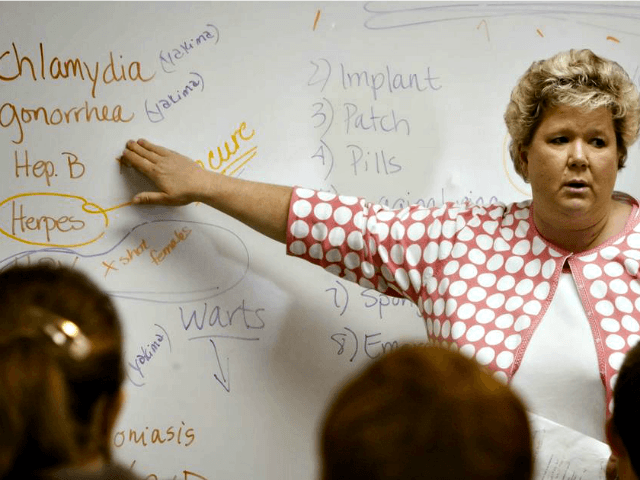The Centers for Disease Control and Prevention (CDC) annual STD surveillance report reveals that there were more reported cases of sexually transmitted diseases in 2015 than ever before in the United States.
The CDC report, released on Wednesday, said that rates of syphilis, chlamydia, gonorrhea, — the three most commonly reported STDs in America — skyrocketed between 2014 and 2015.
Reported cases of gonorrhea rose by 12.8%, primary and secondary syphilis cases rose by 19%, and chlamydia cases rose by 5.9%, from 2014 the report said.
“We have reached a decisive moment for the nation,” Dr. Jonathan Mermin, director of CDC’s National Center for HIV/AIDS, Viral Hepatitis, STD and TB Prevention, said in a written statement (PDF).
“STD rates are rising, and many of the country’s systems for preventing STDs have eroded,” he said. “We must mobilize, rebuild and expand services — or the human and economic burden will continue to grow.”
More than 1.5 million people reported cases of chlamydia last year. Young adults, ages 15 to 24, accounted for nearly two-thirds of the reported chlamydia. They accounted for half of the gonorrhea diagnoses in 2015.
There were about 395,216 reported cases of gonorrhea last year.
Young adults and gay and bisexual men, the study shows, face the greatest risk of contracting an STD. About half of the nearly 20 million new STD cases reported every year are among 15 to 24-year-olds.
The report also found an increase in syphilis rates among newborns.
“The health outcomes of syphilis — miscarriage, stillbirth, blindness or stroke — can be devastating,” Dr. Gail Bolan, director of CDC’s Division of STD Prevention, said. She went on to say:
The resurgence of congenital syphilis and the increasing impact of syphilis among gay and bisexual men makes it clear that many Americans are not getting the preventive services they need. Every pregnant woman should be tested for syphilis, and sexually active gay and bisexual men should be tested for syphilis at least once a year. To reverse the STD epidemic, we should all learn to talk more openly about STDs — with our partners, parents, and providers.
“It is my hope that a decade from now, we will be reporting on progress, instead of more health inequity in our society,” Bolan wrote.
Follow Jerome Hudson on Twitter: @jeromeehudson

COMMENTS
Please let us know if you're having issues with commenting.